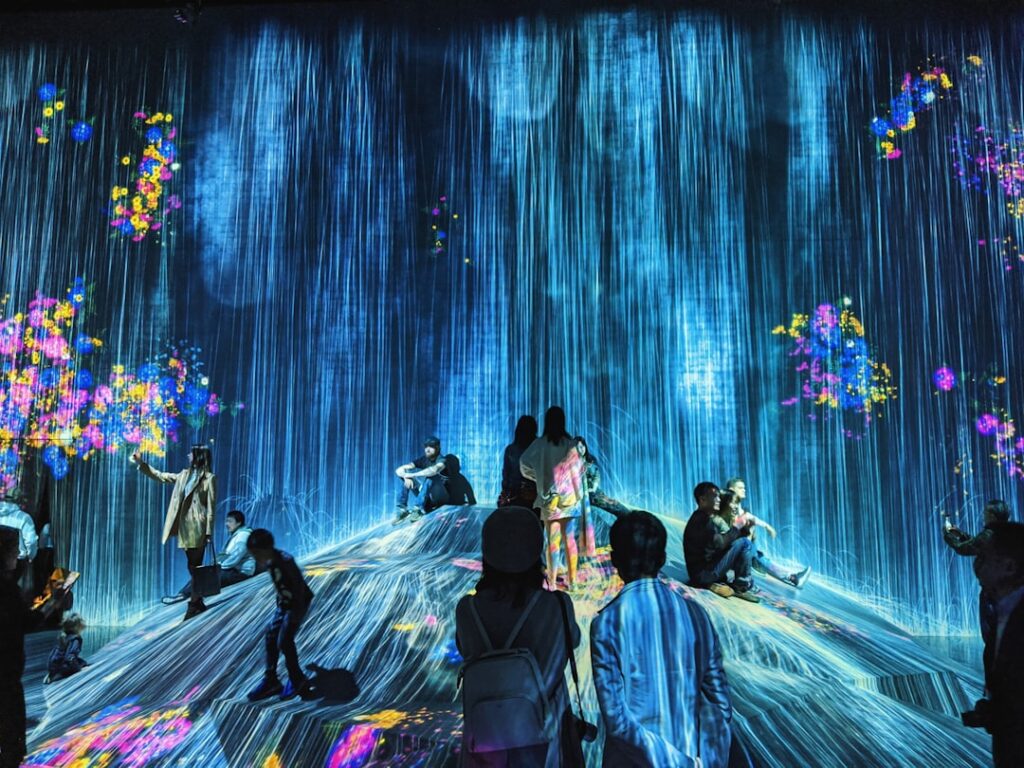In the tech world, the fusion of different disciplines often leads to innovations that push the boundaries of what’s possible. One such fusion that’s gaining traction is the intersection of artificial intelligence (AI) and art. At the forefront of this revolution are Generative Adversarial Networks (GANs), a class of AI algorithms used in unsupervised machine learning, which are playing an instrumental role in shaping the future of digital artistry.
Understanding GANs: The Engine Powering AI Art
Generative Adversarial Networks, or GANs, are a type of AI model that uses two neural networks, a Generator and a Discriminator, in a zero-sum game framework. The Generator uses random noise to produce data, while the Discriminator tries to distinguish between the real and generated data. This contest fuels the production of incredibly realistic outputs, which in the case of AI art, are stunning pieces of digital artwork.
GANs: The New Paintbrush for Digital Artists
In the digital art world, GANs are being leveraged as a powerful tool to create novel and complex artwork. Artists can use these models to generate ideas or create pieces that would be nearly impossible manually. The algorithm’s ability to learn, adapt, and generate outputs based on its learning makes it a versatile tool in an artist’s arsenal. One such example is the ‘Portrait of Edmond de Belamy’, a piece of AI art sold at Christie’s for a staggering $432,500.
The Ethical Discourse Around AI Art
While GANs are creating a wave of innovation in the art world, they also bring forth complex ethical questions. Who owns the rights to AI-generated art? Is it the creator of the algorithm, or the AI itself? These questions prompt a necessary discourse on intellectual property rights in the era of AI.
AI and Art: A Fusion Defining Future Aesthetics
The convergence of AI and art through GANs is not just a technological innovation, but also a cultural one. It’s reshaping our understanding of art and aesthetics, pushing us to reimagine the boundaries of creativity. As AI continues to evolve, we can look forward to a future where technology and artistry coexist in an ever-evolving symbiosis.

